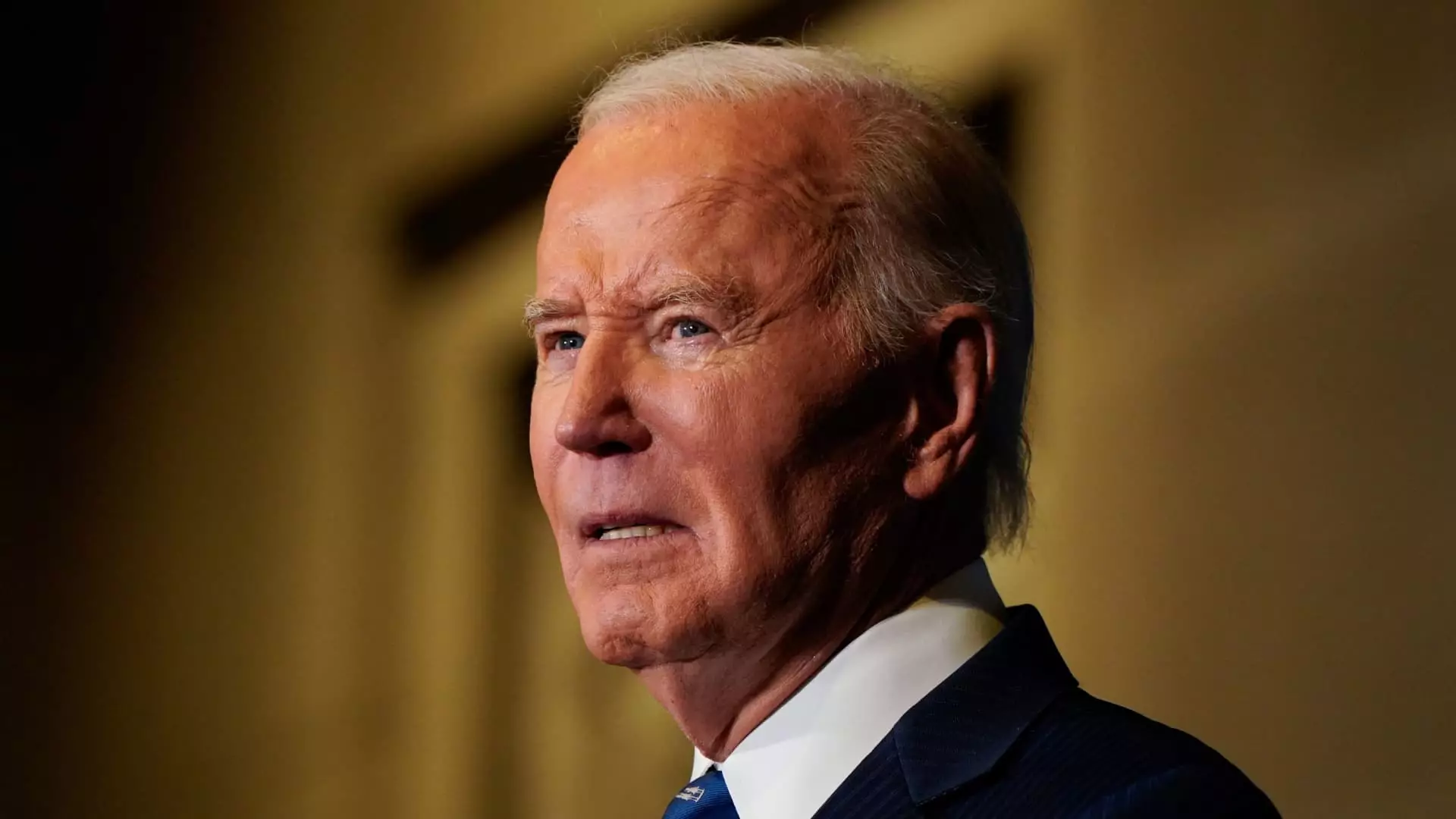In the ever-evolving landscape of American student loan policy, recent actions by the Biden administration have raised eyebrows and sparked ample debate. With significant withdrawals from proposed student loan forgiveness plans, the hopes of millions faced with crushing education debt have been met with disappointment. This article delves into the implications of these developments for borrowers and the broader economic context.
The Biden administration had laid out bold plans to provide student loan forgiveness, aiming to alleviate the financial burdens for numerous Americans. These proposals aimed to empower the Secretary of Education to cancel debts for long-time borrowers and for those enduring financial hardship. The cancellation of these initiatives, however, speaks volumes about the unpredictability of political decisions and their direct impact on everyday Americans. The Education Department indicated in its recent notices that operational challenges played a pivotal role in abandoning these promising plans, thus shifting focus to “helping at-risk borrowers return to repayment successfully.”
The late withdrawal raises pertinent questions about the motivations and strategies behind the administration’s decisions. It underscores how political transitions can halt progress towards what many advocate as necessary relief measures. As President-elect Donald Trump prepares to assume office, his previous public denouncements of student loan forgiveness add another layer of complexity to an already fraught situation.
The recent political landscape in the U.S. is characterized by polarization and ideological divides, especially concerning education policy. Trump has consistently voiced opposition to forgiving student loans, labeling such proposals as misguided and illegal. His critiques suggest a potential reversion to pre-Biden educational policies, which could stagnate or even reverse any positive strides made towards alleviating student debt.
Mark Kantrowitz, a seasoned expert in higher education finance, emphasized that the Biden administration was highly aware of the incoming administration’s stance and likely felt retreating from ambitious plans was a strategic necessity. A reevaluation of priorities as the clock ticks down to a new leadership reflects not only caution but also an acute awareness of the potential implications for millions relying on promised reforms.
Consumer advocates are understandably disheartened by the withdrawal of these initiatives. Many borrowers saw the proposed changes as a beacon of hope, a potential means to liberate themselves from the financial shackles of student loans. Persis Yu from the Student Borrower Protection Center articulated the sentiment that these changes would have provided critical economic mobility to innumerable workers and their families.
With millions still reeling from the weight of student debt, the urgency for viable solutions remains apparent. Elaine Rubin from Edvisors noted how borrowers are now left in a state of uncertainty regarding the support they may receive moving forward. As discussions around the persistence of forgiveness programs like Public Service Loan Forgiveness (PSLF) circulate, there are legitimate fears concerning the future of any support structures that currently exist.
Despite the setbacks in broader forgiveness initiatives, it’s important to highlight that the Biden administration has continued to support existing programs that provide relief to borrowers. For instance, PSLF and Teacher Loan Forgiveness (TLF) remain functional, enabling targeted segments of the employee population—primarily public service workers and educators—to seek loan forgiveness after fulfilling specific conditions. The Education Department recently announced an additional $4.28 billion in loan forgiveness for public service workers, indicating a commitment to provide relief where possible.
For borrowers seeking alternatives, platforms like Studentaid.gov offer resources to help identify remaining federal relief options. Additionally, organizations such as the Institute of Student Loan Advisors provide databases tailored to student loan forgiveness programs that can be explored by state.
As the dust settles on recent decisions surrounding student loan forgiveness, the narrative for many borrowers remains complex. The retreat from ambitious plans may be a short-term defeat, but it also emphasizes the critical need for ongoing advocacy and innovative solutions to address the student debt crisis. With political winds shifting, the resilience of existing programs will be tested, leaving borrowers to navigate this turbulent landscape.
In this pivotal moment for education finance policy, one thing is certain: the voices of borrowers must continue to resonate in the halls of power in order to forge a brighter, more equitable path forward.

